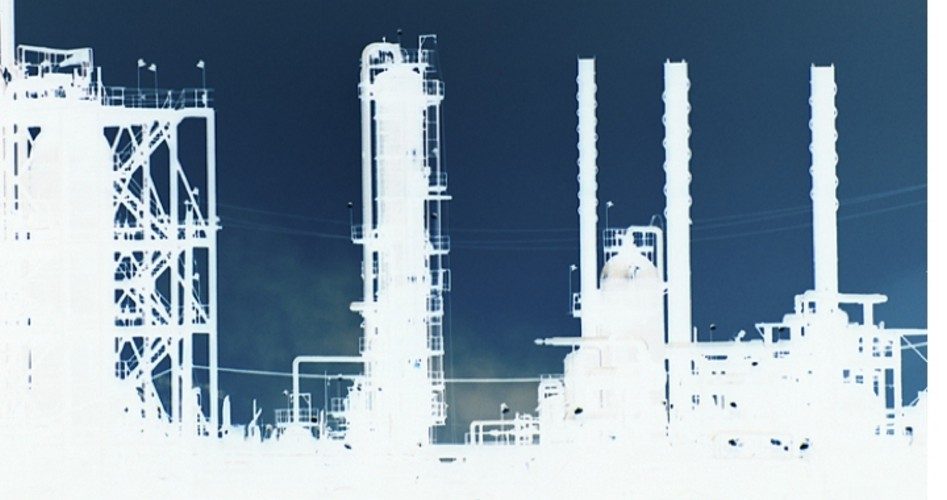
The day after Saudi Arabia executed Shiite cleric Nimr al-Nimr, John Kildruff, the founder of energy trading company Again Capital, appeared on CNBC’s Squawk Box to say that oil prices would likely decline as tension between Iran’s Shiite majority and Saudi Arabia’s Sunni majority escalated. Nimr al-Nimr was a popular voice for the Shiite minority in Saudi Arabia, and his execution sparked the ransacking of the Saudi embassy in Tehran by Shiites. The two states follow different strands of Islam, and al-Nimr’s execution added to the gulf between the two members of the OPEC cartel. Said Kildruff:
I think you’re going to get as low as $18.… It’s going to get really ugly.
The Iranians doubled down again, if that’s even possible, by saying that they could put 500,000 more barrels [of oil] on the market within weeks after the sanctions get lifted.
The price of West Texas Intermediate (WTI) behaved as Kildruff predicted, dropping from $36.76 on January 4 in nearly a straight line to $26.55 on January 20.
When WTI bounced to $33.63 on Friday, January 29, CNBC had Kildruff on again to see if he had changed his mind. He hadn’t:
This whole story line about there being a coordinated production cut plan [between Iran and Saudi Arabia] is just rubbish. We’re going to get that low [to $18]….
I don’t know why there’s such negativity in the stock market around this low oil price because it’s so great [for the economy]. I filled up my tank for $25 yesterday. This is nothing but stimulative and positive for the economy.
That there is no love lost between Saudi Arabia and Iran is just one of the reasons a “coordinated production cut” isn’t going to happen. Both members of OPEC need every dollop of oil they can sell to keep their welfare states and military adventures well-funded. The Saudis remain adamant in their determination to keep market share from moving elsewhere, while hoping against diminishing hope that production in the United States will start dropping. It’s a waiting game the Saudis are losing.
At present there are between 500,000 and a million barrels a day of excess production filling up storage tanks on land and tankers at sea. Another 500,000 from Iran is just going to drive prices lower.
Russia, a non-OPEC member, is in the same boat: running deficits but continuing to pump at close to maximum.
Break-even points for America’s fracking industry are far below those of conventional wells, and so despite the 60-percent drop in rig counts over the last year, production remains close to all-time highs. And those wells that have been shut down can easily, quickly, and inexpensively be brought back into production when the oil price justifies it, providing a ceiling for oil prices.
Worldwide demand for energy continues to languish, especially in light of the economic slowdown in China and in Europe. Some are declaring that China’s economy isn’t growing at six percent as reported, but has actually gone negative.
More efficient automobiles and pickup trucks in the United States are adding to the downward pressure directly, as well as the drop in diesel and natural gas prices. Lower diesel costs are being translated into lower transportation costs for over-the-road trucking companies, while lower natural gas prices are continuing to drive the move of power plants away from expensive and dirty coal to cheaper and cleaner natural gas.
This translates to lower prices for consumers not only at the pump but in paying for heating oil, and the myriad other products made from petroleum. A 42-gallon barrel of oil creates 19.4 gallons of gasoline. The rest — more than half — goes into making more than 6,000 items found on the shelf of every grocery and discount store in the country: ink, bicycle tires, curtains, vitamin capsules, tool racks, mops, umbrellas, denture adhesives, tennis rackets, shampoo, guitar strings, antifreeze, combs, floor wax, antihistamines, slacks, yard and toilet seats, to name just a few.
More pressure on oil prices is coming from projects in the Gulf of Mexico that are just now coming online, as well as vulture capital funds waiting to revive marginal oil producers who have been going bankrupt in the face of falling oil prices.
All of which, and more, is spelling the end of the influence of OPEC, according to Kildruff: “OPEC … as we know it is over because these two [countries — Saudi Arabia and Iran] are not going to be coming together anytime soon on modifying or moderating production.”
Declining oil prices are also making environmentalists’ demands that all carbon-based resources be left in the ground “where they belong” increasingly irrelevant. That’s because developing, producing, and selling those carbon-based resources are accomplishing what they have said they have wanted all along: cheaper, cleaner energy. As prices drop, the air is cleaner and consumers are happier.
If oil prices stay down low enough and long enough, they will eventually find a bottom, perhaps close to $18 if Kildruff continues to be right. When that happens, the world is going to look a lot different than it does now. OPEC will be in tatters, environmentalists’ concerns will fall on increasingly deaf ears, consumers will be enjoying an improved standard of living, and it will all have happened without government intervention.
A graduate of an Ivy League school and a former investment advisor, Bob is a regular contributor to The New American magazine and blogs frequently at LightFromTheRight.com, primarily on economics and politics. He can be reached at [email protected].



